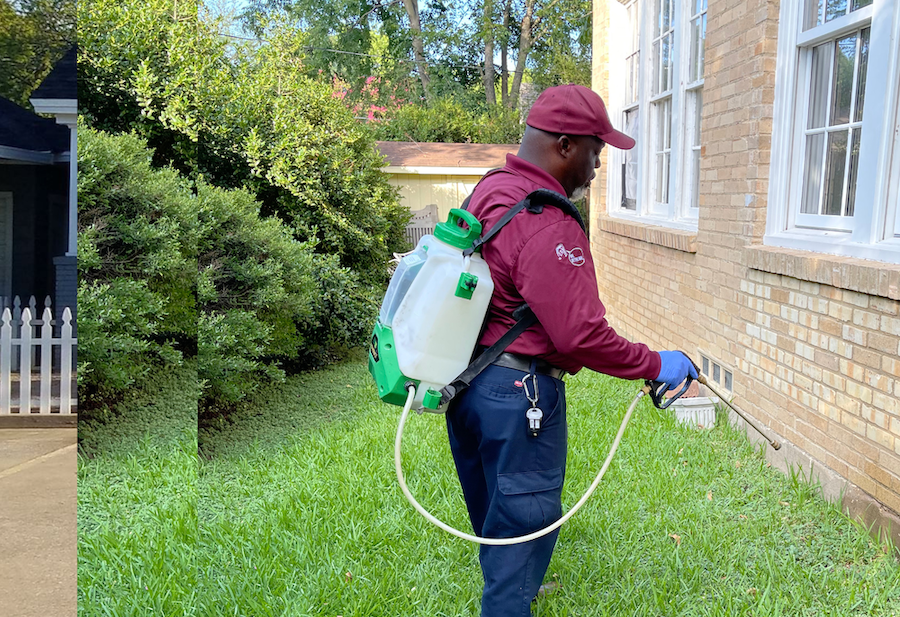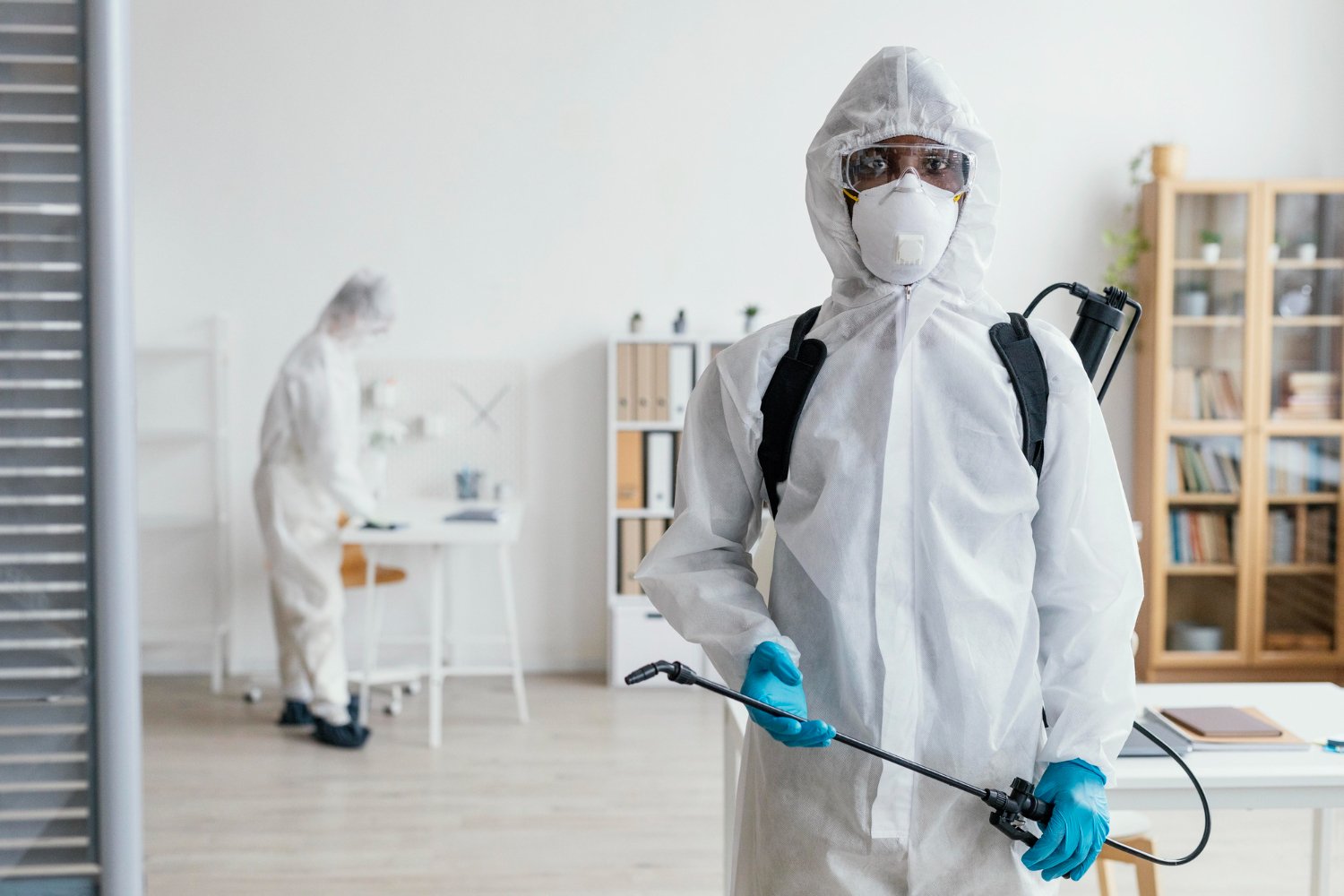Trustworthy Pest Control that works every time.
Eco-Friendly Bug Control Approaches for Handling Wild Animals in Urban Areas
Urban locations typically discover themselves at the crossway of human task and wildlife, resulting in one-of-a-kind challenges in parasite management. Environmentally friendly methods highlight sustainable coexistence, using strategies such as habitat modification and natural repellents to mitigate human-wildlife disputes. These approaches not only protect the setting but additionally enhance neighborhood involvement in wildlife monitoring. As urban populaces remain to expand, comprehending the dynamics of wildlife interactions comes to be significantly critical. What ingenious methods can be executed to make sure both environmental balance and metropolitan safety and security? Discovering this concern discloses a compelling landscape of potential options.
Comprehending Urban Wild Animals Characteristics
Understanding Urban Wild animals Characteristics is vital for creating effective and environment-friendly bug control methods. Urban locations are significantly ending up being environments for various wildlife varieties, driven by variables such as environment fragmentation, food availability, and human infringement. Recognizing these characteristics permits a nuanced approach to pest monitoring that straightens with ecological concepts.
Urban wildlife frequently includes types such as raccoons, squirrels, and birds, which adapt to city atmospheres, locating specific niches in green rooms, parks, and even houses. Their visibility can result in disputes with human beings, especially when they exploit human resources for food and sanctuary. Comprehending the behaviors and environmental functions of these types notifies approaches that minimize negative communications while promoting biodiversity.
Moreover, acknowledging the interdependencies within urban environments assists in recognizing crucial locations for habitat conservation and remediation. This understanding contributes to the growth of incorporated pest monitoring (IPM) methods that take into consideration the ecological balance, thereby reducing dependence on hazardous chemicals. By fostering conjunction in between people and urban wildlife, cities can develop much healthier atmospheres that profit both citizens and local environments, leading the way for lasting city living.
All-natural Repellents and Deterrents
All-natural repellents and deterrents provide a lasting option to standard parasite control techniques by utilizing the power of nature to maintain undesirable varieties away. These green solutions normally use plant-based active ingredients, vital oils, and other normally taking place compounds that deter insects without harming the environment.
One reliable natural repellent is peppermint oil, which is understood to fend off rats and insects. Its strong fragrance is unpleasant to several parasites, making it a popular selection for metropolitan settings. Vinegar and citrus peels can serve as deterrents, as their solid odors are commonly unappealing to various wild animals.
Additionally, diatomaceous planet is an all-natural powder that can be spread out in areas prone to bug activity, efficiently drying out and deterring bugs without presenting risks to non-target types. Furthermore, garlic sprays and neem oil are recognized for their capacity to ward off a large range of bugs, consisting of both pests and bigger wild animals.
Applying these all-natural repellents not only lowers dependence on chemical pesticides yet additionally advertises a healthier city ecosystem, cultivating a much more balanced conjunction in between people and wildlife. By making use of these methods, urban locations can efficiently take care of insect populations while minimizing environmental effect.
Habitat Adjustment Techniques
Effective environment modification techniques play a vital function in sustainable parasite monitoring by altering the atmosphere to make it much less helpful to pest problems. By comprehending the ecological dynamics of metropolitan locations, home owners can implement calculated alterations that deter pests while advertising biodiversity.
(Cockroach Control)One key method involves preserving appropriate cleanliness. This consists of routine waste removal, securing trash can, and removing standing water to decrease breeding sites for pests and rats. Additionally, landscape design methods such as selecting indigenous plants can boost environmental equilibrium, offering habitats for helpful organisms while reducing resources for pests.
One more essential method is to seal access factors in structures. Evaluating and fixing splits in foundations, wall surfaces, and home windows can significantly lower insect access. Furthermore, developing physical obstacles, such as fencings or plant barriers, can hinder wild animals movement into human-inhabited locations.
Integrated Insect Monitoring Practices
Building upon environment alteration strategies, integrated parasite administration (IPM) methods use an alternative strategy to managing parasite populaces while minimizing ecological influence. IPM integrates different strategies, including biological, cultural, mechanical, and chemical controls, to accomplish efficient insect administration.
Biological control entails the introduction of natural predators or parasites to reduce pest populaces. Social methods, such as plant rotation and cleanliness, interrupt pest life process and lessen their environments - Pest control service. Mechanical controls, like traps and obstacles, supply instant remedy for bug pressures without chemical intervention
Chemical controls are utilized as a last hope, focusing on targeted applications that limit injury to non-target types and the atmosphere. look what i found The selection of eco-friendly pesticides, when necessary, is indispensable to the IPM structure. Additionally, keeping an eye on bug populaces and evaluating possible damage helps inform decision-making, ensuring that treatments are timely and effective.
Neighborhood Involvement and Education

(Pest Control Services)Workshops and educational sessions can equip locals with understanding about native species, habitat conservation, and efficient non-toxic insect management techniques. Collaboration with colleges, local companies, and federal government firms better boosts academic outreach, guaranteeing that essential details gets to varied audiences.
Additionally, community-led initiatives, such as community clean-up days and environment remediation projects, not only promote biodiversity but likewise reinforce area connections. Pest control service. By urging citizens to share their experiences and monitorings, areas can establish targeted approaches that address particular neighborhood bug problems
Integrating responses from residents into insect management plans makes it possible for a more responsive and flexible strategy to wild animals obstacles. Eventually, educated and engaged neighborhoods are vital to accomplishing long-lasting success in green pest control, leading to much healthier urban settings that appreciate both human and environmental requirements.

Verdict
To conclude, green insect control comes close to offer lasting solutions for handling metropolitan wild animals. By focusing on environment adjustment, utilizing natural repellents, and implementing integrated parasite administration techniques, areas can cultivate an unified coexistence with neighborhood fauna. Additionally, engaging citizens via education and learning enhances awareness and urges liable wildlife communications. Inevitably, these approaches not only secure biodiversity however additionally advertise ecological health, guaranteeing urban areas remain vibrant ecological communities where human beings and wildlife thrive together.